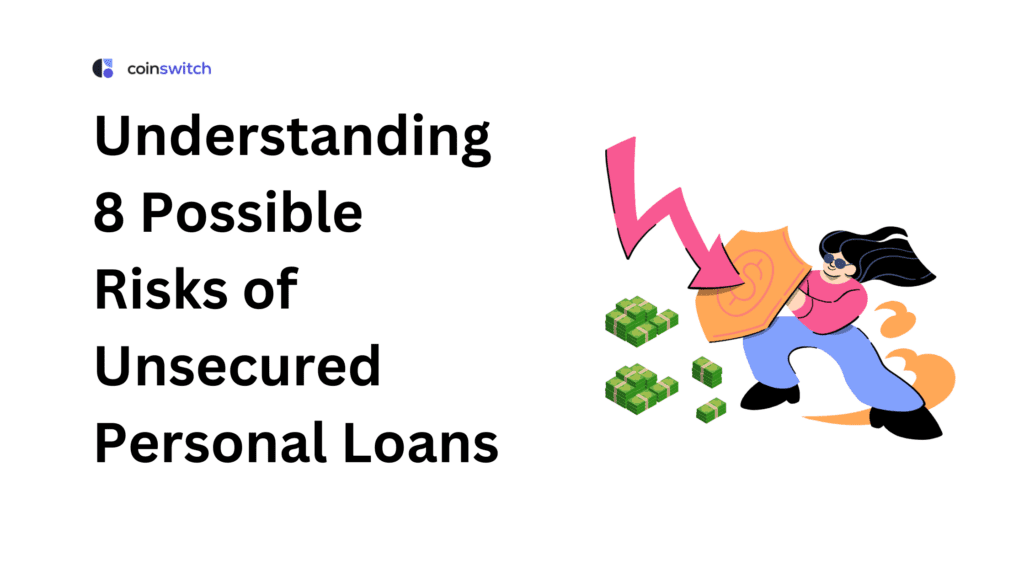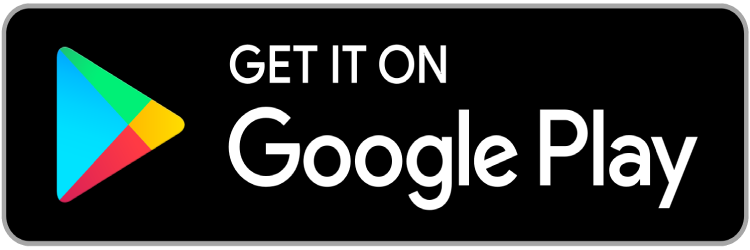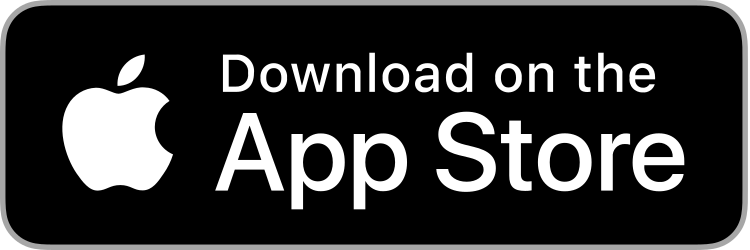Need money for a wedding, a trip, or an emergency? Availing a personal loan could help, but first, you have to understand what a personal loan is. A personal loan is an unsecured loan provided by financial organizations to meet your monetary requirements. It requires no collateral, so it is within reach of most people.
Also, there are no restrictions on spending the cash, whether it is for college tuition, hospitals, or adding a new room to your home. Personal loans are available quickly, easy to use, and very flexible. If you need cash urgently, it would make sense to apply for one. However, there is a catch: it comes with potential hazards since it is a personal loan.
1. The Interest Rate
The primary concern with unsecured personal loans is the interest that will be charged. Without collateral to protect their interests, lenders usually charge a higher rate. However, a personal loan’s annual rate will depend on your credit score, income, and the size of the loan. If your credit score is not great, you will end up paying more for the loan than you might think
A slight change in the interest rate can lead to a higher repayment on the loan. Many people focus on the monthly EMI, but they may not realize how much interest is accrued throughout the tenure of the loan. A personal loan EMI calculator will give you the exact details you need. It’s a good idea to check interest rates from different financial institutions before making a decision.
2. Early-Payoff Penalties
Although paying off your loan in advance might appear responsible, a few lenders might charge you a fee. This situation is referred to as a prepayment or early payoff penalty. Banks and lenders depend on receiving interest on their loans, and if you close the loan too soon, they won’t make as much profit. The penalties can vary from 1% to 5% of the debt you haven’t repaid.
So, read the terms and conditions of your loan carefully, especially those about prepayment, before you sign the agreement. Before knowing about penalties, you should gather detailed knowledge about what a personal loan is.
3. Big Fees Upfront
Many are not aware of the fees and other upfront charges involved in personal loans. A fee for processing your loan might be anywhere from 1% to 3% of the total loan amount. Besides the agreed-upon price, you may also incur documentation fees and service charges. The costs are usually deducted before you get the loan, so you get less money than the loan agreement states.
Applying for a ₹1,00,000 loan means a processing fee of ₹2,000, so you will get only ₹98,000. Even so, the monthly payment will be calculated based on the whole loan amount. It can be very frustrating if you don’t receive the entire loan amount you expected for urgent matters. So, it’s better to learn about all the costs from the lender before applying for one.
4. Privacy Concerns
If you want to understand what is a personal loan, you need to know that it has privacy issues. You will likely disclose important personal details and records. They include your income, how you make money, family information, and your bank account. When lenders fail to manage this information correctly, it can be targeted by cybercriminals. Such cases have appeared in India, mainly related to fake instant loan apps.
In addition, when a few lenders share your details with other loan providers, you may get unwanted offers and may face the risk of data abuse. Therefore, it is essential to research and select a reliable lender that adheres to strong privacy and data protection policies.
Read More: Loan Against Shares: Interest Rate, Eligibility, & Meaning
5. The Insurance Pitch
Banks and lenders offer insurance on your personal loan, saying it will help you financially if you lose your job or face an accident. Even though this may seem helpful, these types of policies don’t always serve a useful purpose. Often, the premium is included in your loan, which raises the amount you owe.
Additionally, these insurance plans are typically complex and include numerous exclusions. You often realize that you can’t take advantage of the insurance when you need it the most. So, read the document carefully and consider whether you will benefit from having it.
6. Precomputed Interest
There is another aspect of personal loans called precomputed interest that can be tricky. So, the lender takes the full interest for the whole loan period at the start and adds that total to your loan amount, even if you complete your payments early.
If you take a 24-month loan and settle it early in 12 months, you are still charged interest for the whole period if the loan is precomputed. As a result of this model, early payment often provides little benefit. Choosing a loan where interest is based on a reduced balance will work in your favor.
7. Payday Loans
Payday loans are considered some of the most dangerous unsecured personal loans. These are small loans, and you should be able to pay them back on your next paycheck. They might look like a helpful solution for urgent problems, but the interest rates are astonishingly high. Many borrowers continue to take out new loans to repay older debts.
In India, payday lending is not strictly regulated, allowing many lenders to operate without proper documentation. Unless you really need the money and are sure you can repay it, it’s better not to use this type of loan. So, before applying, knowing what a personal loan is and how this can benefit you is crucial.
8. Unnecessary Complications
People often run into trouble when they take out loans they cannot repay. Because many people can get a personal loan easily, some fail to consider whether they can repay it. The result is often never-ending EMIs, forgetting to pay on time, and lower credit scores.
Running into debt trouble is more likely if you neglect to have a budget and plan for repaying all your loans. Be sure to consider how much money you need. The loan is only an amount you can pay back with ease, and try to avoid incurring extra debt. When people understand what a personal loan is, they are less likely to get into trouble with debt.
Read More: Fixed Deposits as Loan Collateral: Benefits and Process
How Do People Use Personal Loans?
There are many situations where individuals take out personal loans. A loan can be taken out to cover bills for medical care, home repairs, or wedding costs. For some, it serves as a solution for credit card or moving expenses. Understanding what a personal loan may be helpful in emergencies if you don’t have enough savings. It refers to funds that you withdraw from a bank, a credit union, or a lender online. Most of the time, you make monthly payments to repay your debt, typically with interest included.
Many people rely on personal loans for home improvement projects. Another group relies on these to buy gadgets, furniture, or electronics. People may also take out personal loans to pay off travel or education bills. Because these loans are unsecured, no collateral is required. Still, it is essential for people not to borrow money they cannot repay. Therefore, review the interest rate, fees, and terms of the loan before starting the application process.
The Bottom Line
When researching what is a personal loan, check interest rates and the terms under which you will repay. A personal loan can be beneficial, but it’s crucial to review your situation and finances before you use it.
You can use an unsecured personal loan to get quick money without giving collateral. If you have a high credit score, you can usually get one. Be sure to review the interest amount and repayment schedule. Also, borrow only what you can repay.
FAQs
1. What are the risks of unsecured loans?
Credit cards, student loans, and personal loans all fall into the category of unsecured loans. Offering this loan to an individual is risky for lenders because if the borrower doesn’t repay, the lender has nothing to take as security. Because of this, you should expect payment plans to be tougher and interest rates to be higher.
2. What are the risks of getting a personal loan?
Though personal loans can be helpful, they often charge high interest rates and significantly impact your credit score. Despite this, having a reasonable rate and a short wait for funds can make the benefits worth it for many people.
3. What are the disadvantages of unsecured debt?
If you are unable to make a payment, there aren’t many chances to catch up. The absence of collateral makes the unsecured loan riskier for the lender.
4. What is the unsecured credit risk?
When a lender extends credit to a borrower without requiring any security or collateral in return, it is called an unsecured loan. The lender depends only on the borrower’s creditworthiness and ability to repay the loan.








